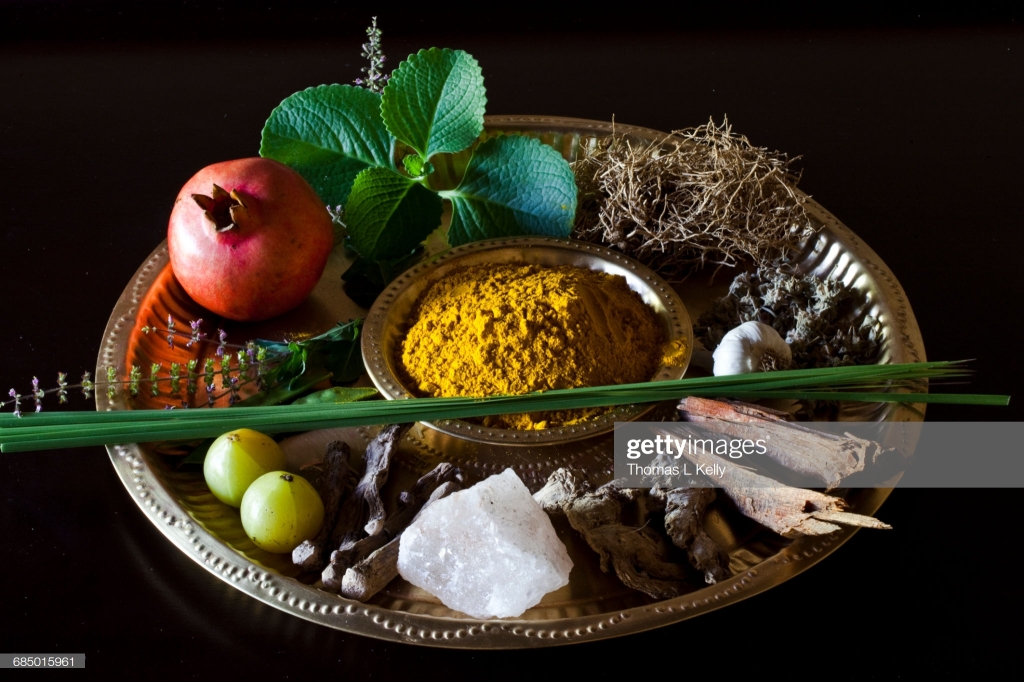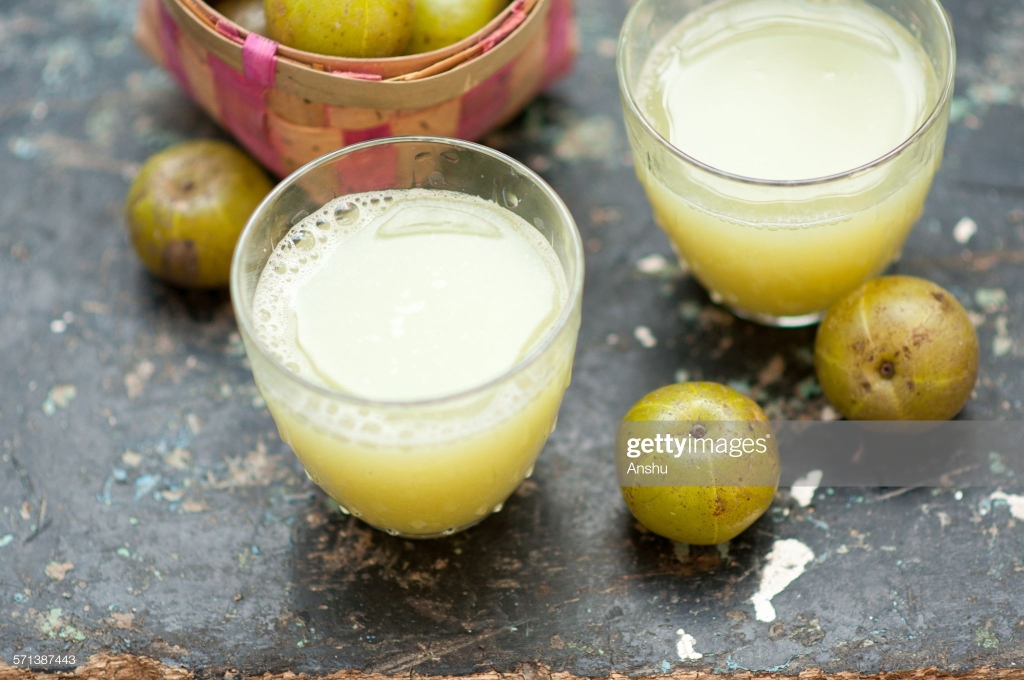
The name itself is enough to send a tingling sensation down your jaw and as tasty as the Indian gooseberry is, it is also very beneficial in the cold winter days.
In the Sanskrit Buddhist tradition, half an amalaka fruit was the final gift to the Buddhist sangha by the great Indian emperor Ashoka.
In traditional Indian medicine, dried and fresh fruits of the plant are used. All parts of the plant are used in various Ayurvedic medicine herbal preparations, including the fruit, seed, leaves, root, bark, and flowers. According to Ayurveda, amla fruit is sour (amla) and astringent (kashaya) in taste (rasa), with sweet (madhura), bitter (tikta) and pungent (katu) secondary tastes (anurasas). Its qualities (gunas) are light (laghu) and dry (Raksha), the postdigestive effect (vipaka) is sweet (madhura) and its energy (virya) is cooling (shita).
Reason 1: The very first and most obvious reason is that amla is rich in Vitamin C (ascorbic acid). 100 grams of the citrus fruit contains between 10 to 30 times more Vitamin C than an orange!
- Regular consumption of citrus fruits like gooseberry is an effective way of reducing the risk of cardiovascular diseases.
- Severe oxidative stress may result in atherosclerosis— a disease that affects the arteries and builds plaque in them. Vitamin C has antioxidant properties and is thus very efficient in tackling this damage in our systems.
- Winters are an especially tough time for your immune system, and the vitamin content of amla can help you battle the cold and viruses effectively.

- Amla is famous for its blood purifying properties. Thanks to this, it helps your skin clear out, prevents acne and gives you a radiant complexion.
- If you eat raw amla or have its juice regularly, the fruit will also maintain your oral health, strengthen gums and keep bad breath away.
- The Vitamin C in amla is also an excellent agent to keep your skin hydrated, reduce redness Regularly massaging your scalp with an amla hair cleanser will reduce dandruff and make your hair grow length and Strong.
- Vitamin C is a crucial element in skin care regiment. It keeps your skin hydrated and firm and can be introduced in your skin care routine via serums, creams, face washes and body lotions infused with its goodness.Most skin types. Only if your skin is super sensitive or you are allergic to it should you avoid it. If you have never used a vitamin C serum or toner before, take a skin patch test or dilute it in a little bit of water
- If you experience premature greying explore Amla Hair Oil.
- Amla Hair Oil help in growing hair that will give Rapunzel a complex!
Reason 2: The second reason that can be quoted is its constituency of Magnesium Ascorbyl Phosphate.
1. This chemical which is a derivative of Vitamin C used in many skin care products reduces water loss from the epidermal layer of your skin. This amps up moisture-retention in your skin.
2. If one is prone to skin inflammation and redness, a Vit C toner or serum will be your best friend. Apply it before bed every night and soon you will see positive results on your skin. Sunspots, age marks, and hyperpigmentation are other skin issues that can be helped also with repairing damaged skin cells.
Reason 3: And the next is Ascorbic Acid which helps in Natural Regeneration.
1. Ascorbic Acid is a miracle ingredient that has rejuvenating properties, which helps your skin go through the natural regeneration process, aiding in the repair of damaged cells.
2. The antioxidant properties that help your skin triumph over are provided by this ingredient.
3. This is a basic skincare routine, the crucial element in the skincare regiment. It provides ample hydration to your delicate skin, prevents hyperpigmentation and reverts sun damage, among its many other benefits.
We are enlisting four products for you to follow regularly for hydrated and smooth skin. — face wash, toner, serum and moisturizer with Vitamin C.
- Mix equal portions of amla juice and honey and have it every morning to ward off winter illness.
- The amla fruit is eaten raw or cooked into various dishes.
- In many parts , tender varieties are used to prepare dal (a lentil preparation).\
- A sweet Dish, amle ka murabba, is made by soaking the berries in sugar syrup until they are candied. It is traditionally consumed after meals.
